Once upon a time, in the not-so-distant past—before emojis replaced actual words and before “Netflix and chill” became the official slogan of modern romance—humans met potential partners through real life.
Imagine this: people would leave their homes, walk around places like coffee shops, parks, and grocery stores, and—brace yourself—actually talk to each other face-to-face. No filters, no witty bios, no strategically angled selfies. Just… human interaction. It sounds exhausting, doesn’t it?
But as society evolved (and introverts everywhere rejoiced), humanity collectively decided there had to be a better way. Enter the glorious invention we now know as dating apps—a technological marvel designed to bring together lonely hearts, awkward texters, and serial ghosters worldwide.
The Prehistoric Days of Online Romance
Before Tinder swipes and Bumble matches, online dating was already a thing—but it looked more like filling out tax forms than finding true love.
Websites like Match.com and eHarmony required users to answer endless personality quizzes, upload awkward profile pictures from 2003 (bonus points if you still had braces), and wait weeks for replies that never came. It was less “romantic connection” and more “job application for your soulmate.”
These early platforms were basically glorified pen pal services with slower internet speeds. And let’s not forget the infamous “winks”—those creepy little emoticons that made you feel like someone was lurking outside your window instead of trying to flirt with you.
Eventually, someone realized that modern romance needed a makeover faster than a bad haircut on prom night. What if meeting someone could be as easy as ordering pizza or scrolling Instagram? Thus began the era of swipe-based dating apps—a revolutionary concept so simple, even cavemen could’ve used it (if they had smartphones).
After all, why bother with small talk when you can judge someone based solely on their ability to pose next to a sunset?
The Birth of Swipe Culture
Legend has it that Tinder—the OG app of modern dating—was created by a group of college students who were tired of hearing their friends say things like, “Ugh, I don’t have time to meet anyone.” These geniuses thought, What if we made rejection instantaneous and superficial? And just like that, the swipe mechanism was born.
For those unfamiliar with the art of swiping, here’s how it works: You see a photo of someone, judge them based solely on their appearance (and maybe their bio about loving dogs and hiking), and decide within three seconds whether you want to spend the rest of your life—or at least one dinner—with them.
Swipe right for yes, swipe left for no. It’s efficient, brutally honest, and oddly addictive, kind of like Candy Crush but with slightly higher stakes.
Of course, this system isn’t without its flaws. For example:
The Accidental Swipe: Oops! Did I just match with my ex’s cousin? Or worse, my boss?
The Phantom Swipe: That person looks perfect! Oh wait, they’re wearing sunglasses. Are they hiding a unibrow? A third eye? Who knows!
The Bio Dilemma: “I’m tall, dark, and allergic to pine nuts.” Cool story, bro. But do you laugh at your own jokes?
And then there’s the ultimate tragedy: realizing you accidentally swiped left on Ryan Gosling because your thumb slipped. Truly devastating.
The Evolution of Niche Apps
As dating apps grew in popularity, developers realized they couldn’t please everyone with one-size-fits-all platforms. So, niche apps started popping up faster than exes on your Instagram feed.
Want to date only farmers? There’s an app for that (FarmersOnly). Looking for someone who shares your obsession with horror movies? Try Deadly Singles. Prefer pets over people? Tindog is calling your name.
Some apps even catered to specific lifestyles. For instance:
Gluten Free Singles: Ensures you’ll never fight over whose turn it is to buy gluten-free bread again.
Sapio: Connects you with intellectual types, because apparently, some people think discussing quantum physics is foreplay.
Hater: The app where you bond over mutual dislikes. Nothing says romance like bonding over your shared hatred of pineapple pizza and slow internet connections.
There’s even an app called Lulu, which lets women rate men based on their dating behavior. Think Yelp reviews, but for boyfriends. “Great conversationalist, terrible tipper.”
The Unintended Consequences
While dating apps brought convenience to the chaotic world of romance, they also introduced some… quirks. Ghosting became a national pastime, bios turned into stand-up comedy routines (“I’m tall, dark, and allergic to pine nuts”), and catfishing reached Olympic levels of deception.
Who knew humanity’s greatest innovation would also bring out its most creative liars?
Then there’s the infamous phenomenon of “benchwarmers” —those matches you keep around just in case your actual plans fall through. Sure, Sarah from accounting might seem nice, but she’s really just backup in case Netflix crashes during movie night.
And let’s not forget the dreaded “deep conversation too soon” moment. One minute you’re laughing at memes, and the next, they’re asking, “So, where do you see yourself in five years?” Cue panic attack.
A Love Story for the Ages
Despite all the chaos, dating apps have become a cultural staple. They’ve given us countless memes, viral stories, and enough material for sitcoms to last decades. More importantly, they’ve helped millions of people find meaningful connections—and occasionally, hilariously awkward first dates.
Take, for example, the classic tale of the guy who showed up to a date wearing Crocs and cargo shorts. Or the woman who brought her pet tarantula along because “it’s part of who I am.”
True stories, folks. Modern love is wild.
So the next time you’re swiping through profiles while pretending to work, remember: somewhere out there, a team of tech-savvy romantics created these apps to save us all from lonely Friday nights and bad blind dates arranged by Aunt Karen.
Now go forth, swipe wisely, and may your matches always be hotter than your last burrito order gone wrong. And if you accidentally match with your dentist, just blame autocorrect—it’s practically tradition at this point.
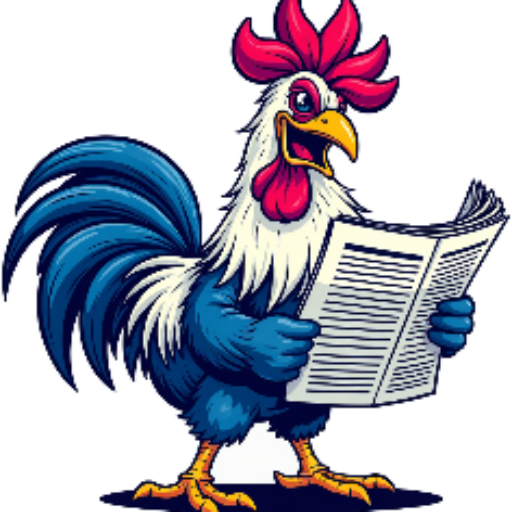
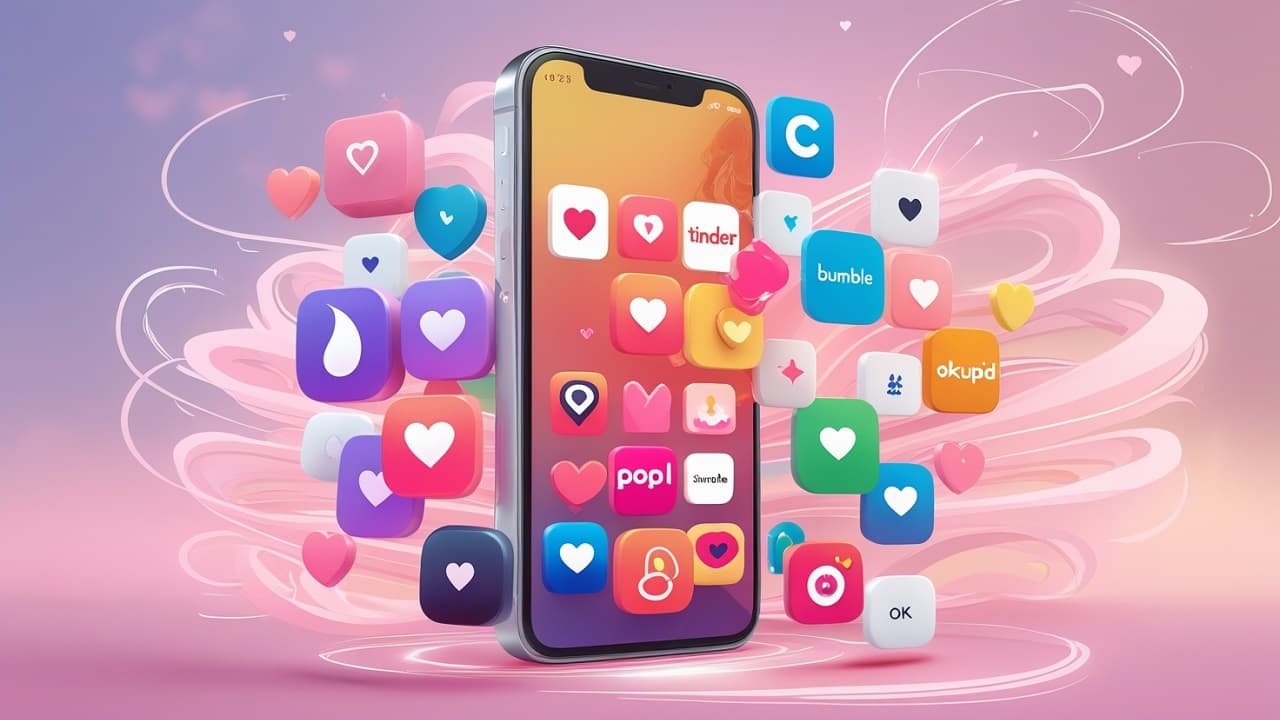
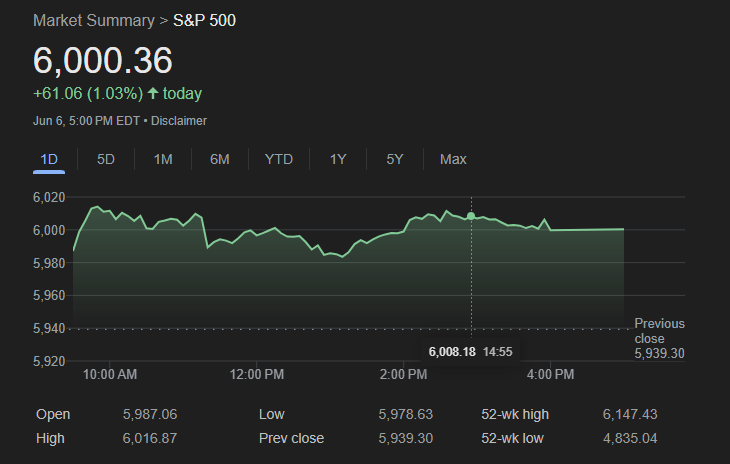


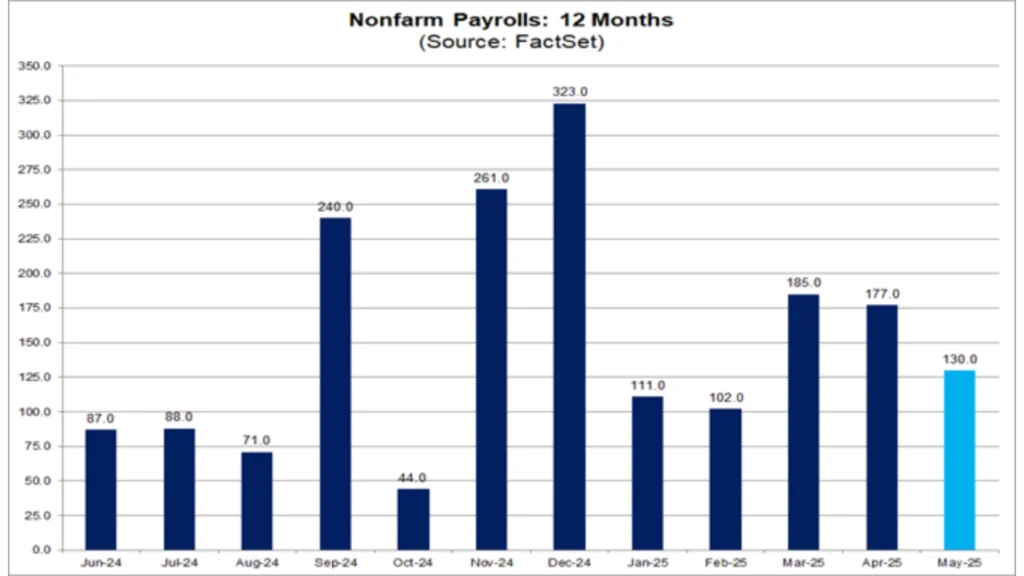
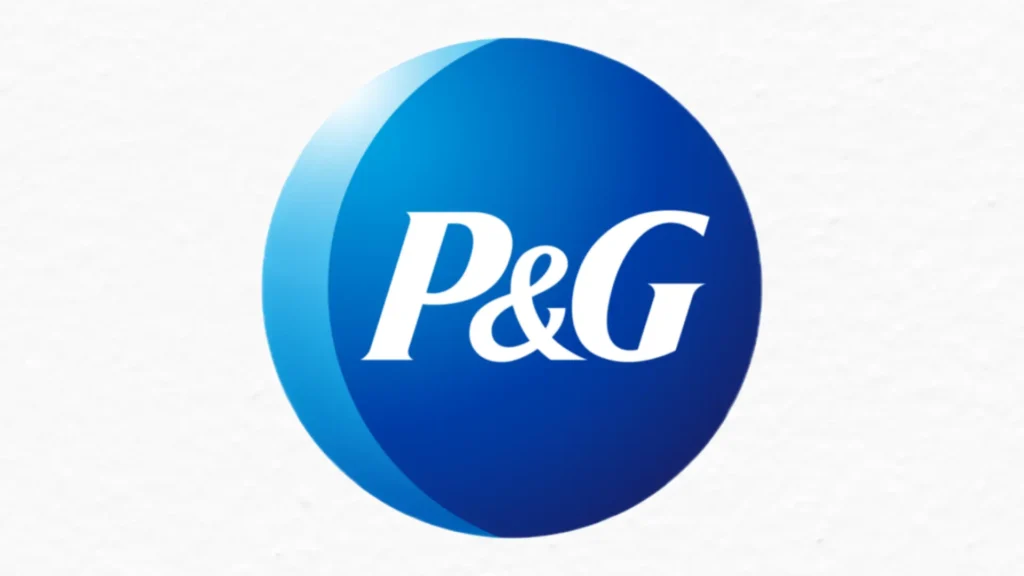

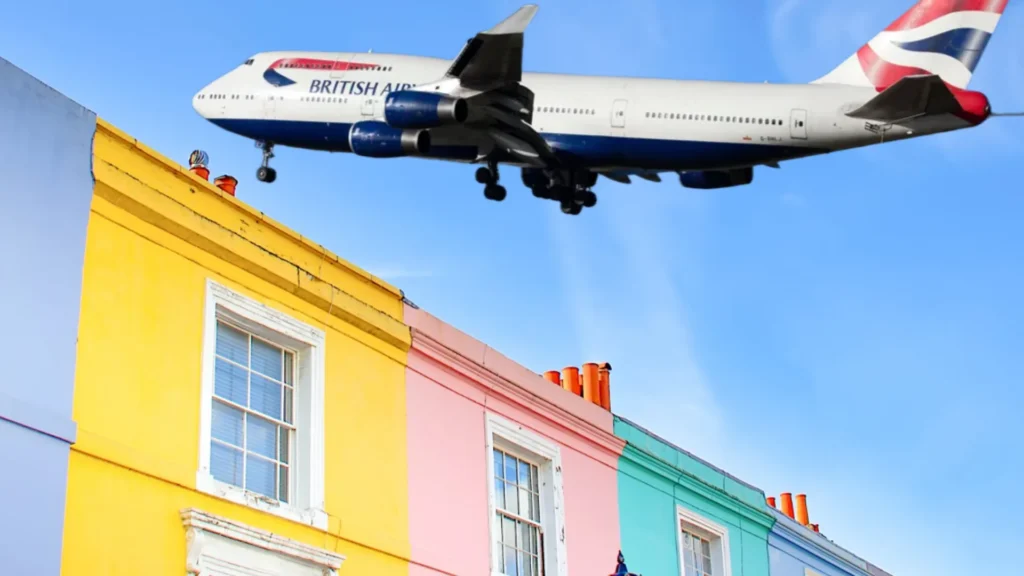



Leave a Reply